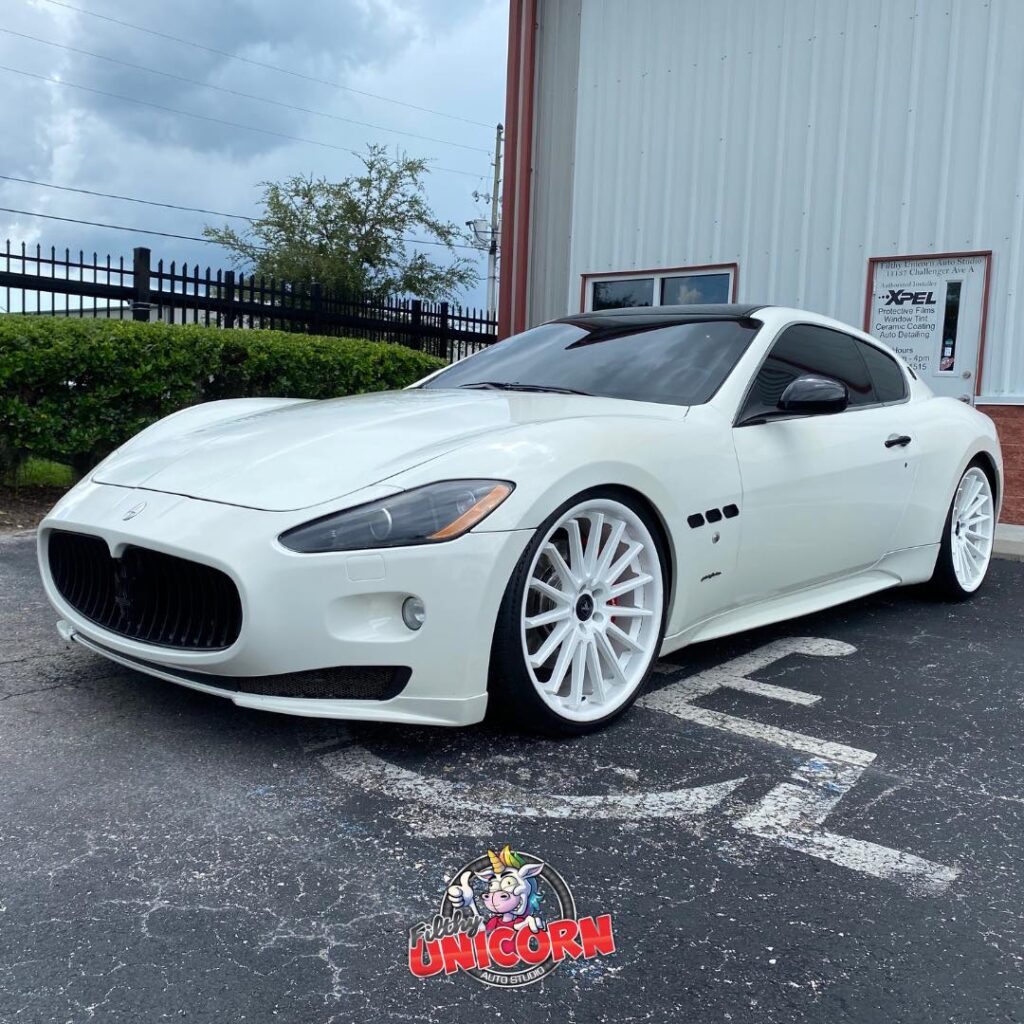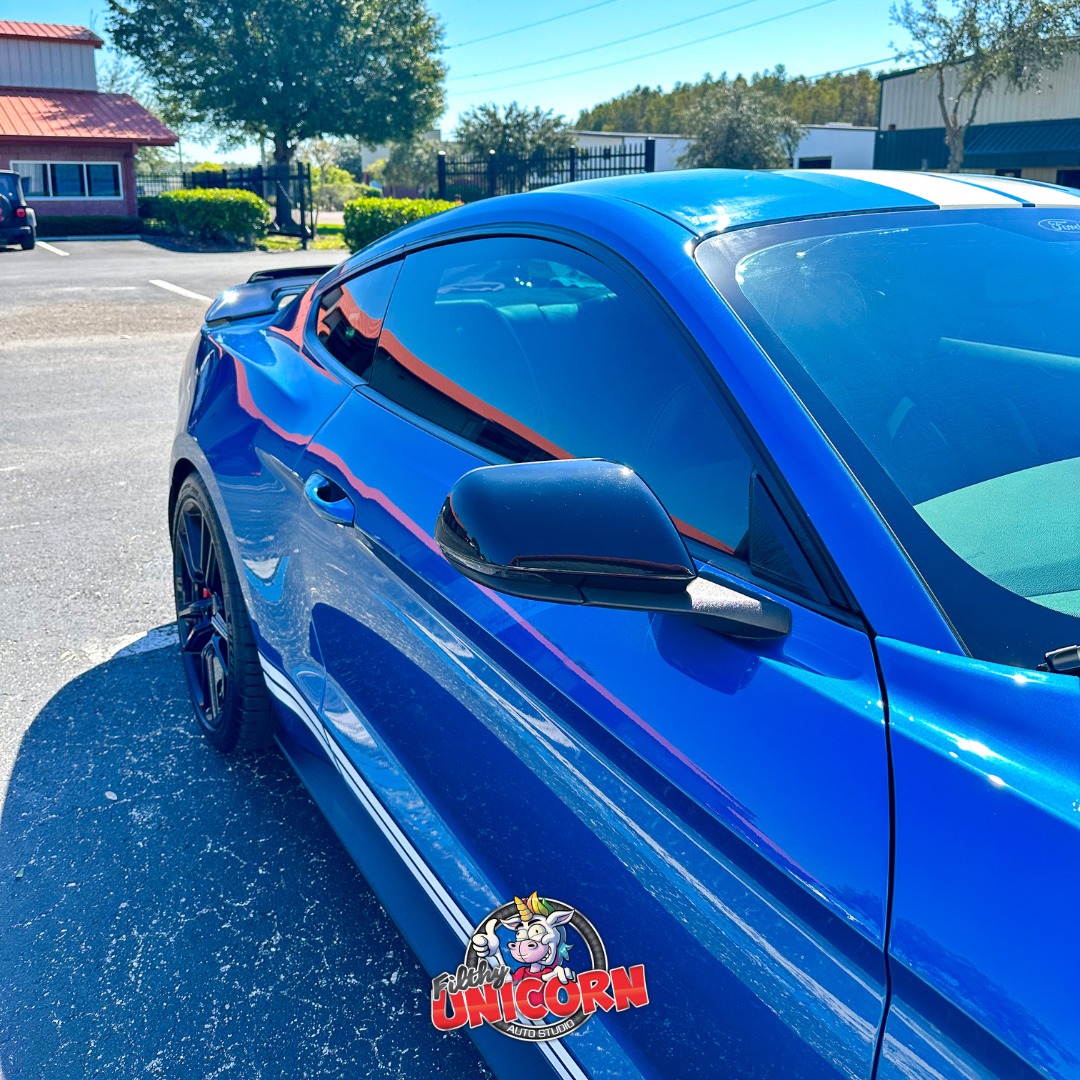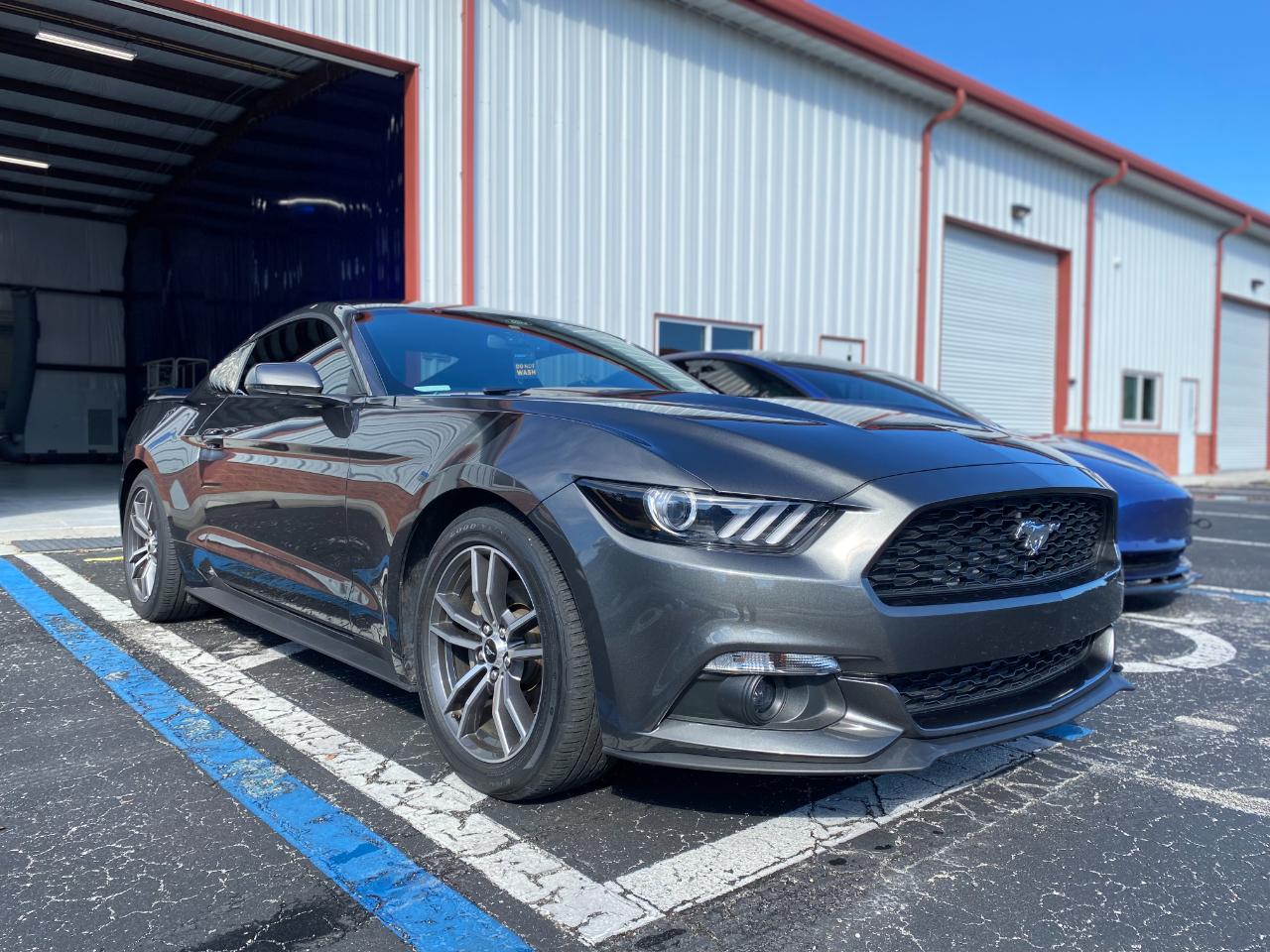Are you a car enthusiast who wants to keep your vehicle looking brand new? If so, you may be familiar with paint protection film, a thin, transparent coating of film used to shield a car’s outside paint from dings, chipping, and other damage. While many car owners opt to have a professional install paint protection film, some are considering taking on the task themselves.
In this article, we will explore the pros and cons of DIY paint protection film, and help you decide if it is worth the risk.
What is paint protection film?
Before we dive into the world of DIY paint protection film, let’s first take a look at what it is and how it works. Paint protection film, also known as PPF, is a thermoplastic urethane film with self-healing abilities that is applied to the painted surfaces of a car to protect it from damage. It is typically transparent and ranges in thickness from 6 to 8 mils.
The film is designed to absorb the impact of small rocks, gravel, and other debris that can cause chips and scratches on the paint.
Pros of DIY Paint Protection Film
Cost Savings: One of the biggest advantages of DIY paint protection film installation is the cost savings. A professional installation can cost anywhere from $500 to $1,500 or more, depending on the size and complexity of the vehicle. DIY kits, on the other hand, are typically priced between $50 and $200, making them a much more affordable option for those on a budget.
Flexibility: Another benefit of DIY PPF is the flexibility it offers. If you have experience working with vinyl wraps or other similar materials, you may be able to customize the film to fit your specific needs. You can also choose from a variety of film thicknesses, finishes, and colors to achieve the look and level of protection you desire.
Sense of Accomplishment: Installing a DIY PPF can give you a sense of accomplishment and pride in your car. It can be a challenging and time-consuming task, but once it is completed, you will have the satisfaction of knowing that you did it yourself.
Learning Experience: Installing paint protection film yourself can be a valuable learning experience. You can gain new skills, such as working with vinyl wraps, that can be useful in other DIY projects. You can also learn more about your car’s construction and how to maintain it.
Convenience: If you are unable to find a professional installer in your area or have a busy schedule, installing the film yourself can be a convenient option. You can work at your own pace and complete the installation when it is most convenient for you.
Customization: When installing Paint protection film Odessa FL yourself, you have more control over the customization of the film. You can choose the thickness, finish, and color of the film to achieve the desired look and level of protection for your car. This customization can be difficult to achieve with a professional installation.
Satisfaction: Completing a DIY project, such as installing paint protection film, can be a satisfying experience. You can take pride in the fact that you accomplished the task yourself and that your car is now better protected from damage. This sense of satisfaction can boost your confidence and encourage you to take on more challenging projects in the future.
Cons of DIY Paint Protection Film
Difficulty: While installing paint protection film yourself can be a rewarding experience, it is not without its challenges. The process requires a steady hand and a keen eye for detail. It can also be time-consuming, with some installations taking up to 10 hours or more to complete.
Risk of damage: One of the biggest risks of DIY paint protection film is the potential for damage to your vehicle. If the film is not installed correctly, it can trap dirt, dust, and air bubbles, which can lead to light scratches on the paint underneath. In some cases, the film can also peel off or become discolored, which can be difficult to fix without professional help.
Most DIY paint protection film kits come with a limited warranty, which may not provide the same level of protection as a professional installation. This means that considering all the tools if the film fails or does not provide the expected level of protection, you may be responsible for any repair or replacement costs.
How to Install DIY Paint Protection Film
If you have decided to take on the challenge of installing paint protection film yourself, there are a few steps you will need to follow:
- Clean the surface of the car thoroughly to remove any dirt, dust, or debris.
- Apply a solution of soap and water to the surface, and then use a squeegee to remove any excess water.
- Measure and cut the film to fit the surface of the car.
- Carefully apply the film to the surface, using a squeegee to smooth out any bubbles
- Use a heat gun or hairdryer to soften the film and stretch it over curved surfaces.
- Trim any excess film using a sharp blade or scissors.
- Use a squeegee to smooth out any remaining bubbles or wrinkles.
It is important to note that these are general steps, and the specific installation process may vary depending on the make and model of your vehicle and the kit you are using. It is also recommended to watch instructional videos or seek professional guidance before attempting to install the film yourself.
DIY paint protection film can be a cost-effective and rewarding option for car enthusiasts who want to protect their vehicle’s paint from damage. However, it also comes with certain risks and challenges that should be considered before taking on the task.
You have to consider whether you have the full kit or the necessary tools you need to DIY the paint protection film installation. If you have experience working with vinyl wraps or similar materials and are willing to invest the time and effort required, then DIY paint protection film may be worth considering. However, if you are unsure or lack the necessary skills, it may be best to leave the task to a professional.
FAQs
Can I install paint protection film on my entire car myself?
It is possible, but it can be a difficult and time-consuming task. It is recommended to start with smaller sections of the car first, such as the hood or bumper.
How long does paint protection film last?
Depending on the paint protection film’s quality, how it was installed, and how well it was maintained, its longevity can vary. PPF typically has a lifespan of five to ten years or longer.
Is paint protection film easy to remove?
Yes, most paint protection film can be removed without damaging the paint underneath. It is recommended to seek professional assistance to ensure proper removal.
Can I use paint protection film as window tint?
While paint protection film can technically be used as window tint, it is not recommended. PPF is designed to protect the paint on your car, not to filter UV rays or regulate heat like traditional window tint. Using PPF as window tint may also be illegal in some states, as it does not meet the same safety standards as certified window tint products. It is always best to use a product that is specifically designed for window tinting purposes.
Should I choose ceramic coating or DIY PPF?
It depends on your individual needs and preferences. Ceramic coatings provide a thin, protective layer that is highly resistant to scratches and contaminants. PPF, on the other hand, offers a thicker layer of protection against impacts and scratches. While both options can provide excellent protection, PPF Odessa FL is typically more durable and long-lasting. Ceramic coating is typically easier to apply.






